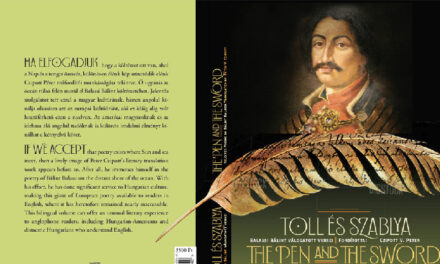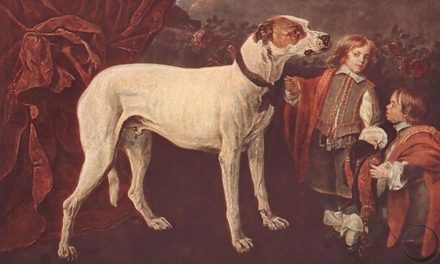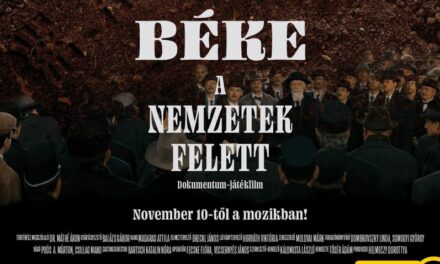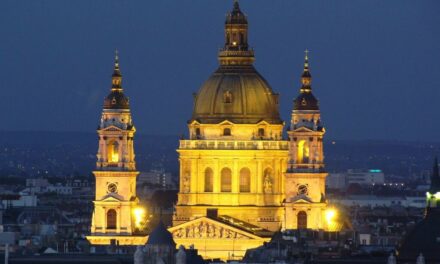The pig festival is not a holiday, but a sacred event. Not drinking, but walking around all day. It's not a friendly gathering, but a serious, big operation - writes László Zöldi Szentesi.
"For those who don't understand why Hungarians instinctively, consciously and otherwise are attracted to pig's neck, I don't think it's worth talking about anything related to this people.
The pig festival is not a holiday, but a sacred event. Not drinking, but walking around all day. Not a friendly gathering, but a serious, big operation. During a pig's tussle, sometimes the little ones become big, and the big ones sometimes become small (after a while).
There are wonderful moments at Diznótoro: when, for example, we have blood for breakfast, then the shank is ready, and the böller presents the secret specialties with increasing courage.
All kinds of people show up, bringing the domestic pálinka, in which case the Hungarian man compares them, and we discuss going fishing in the morning, which of course comes to nothing, since no one can get up at four the next day.
They also used to write notes, nicely and honestly, without singing to the other. The zither and the winder are brought out, and if there are no musicians in the company, let the men bellow, the women sing, everyone can fit in front of the wood, on the hokedli. The beavers are giggling, the mice are running away, the dizziness is great.
In the evening, the landscape is peaceful. The snow crunches when the family members and helpers leave, and then the smell of raw meat wafts past the adobe wall, empty bottles are lined up on the windowsill. The dog is happy, the family is happy, everyone is happy.
Not just the pig. He has already performed his only vital function, burped and passed out - soon he will be in our stomachs. God bless those who didn't understand a word of all this and only guess where Hungary really is, who the Hungarians are, what this landscape is like, why the wind blows, the moon cries, and finally, what is going on here, if not blood, slushy mud, or gut residue.
That's what makes it beautiful."
Featured image: MTI/Zsolt Czeglédi













